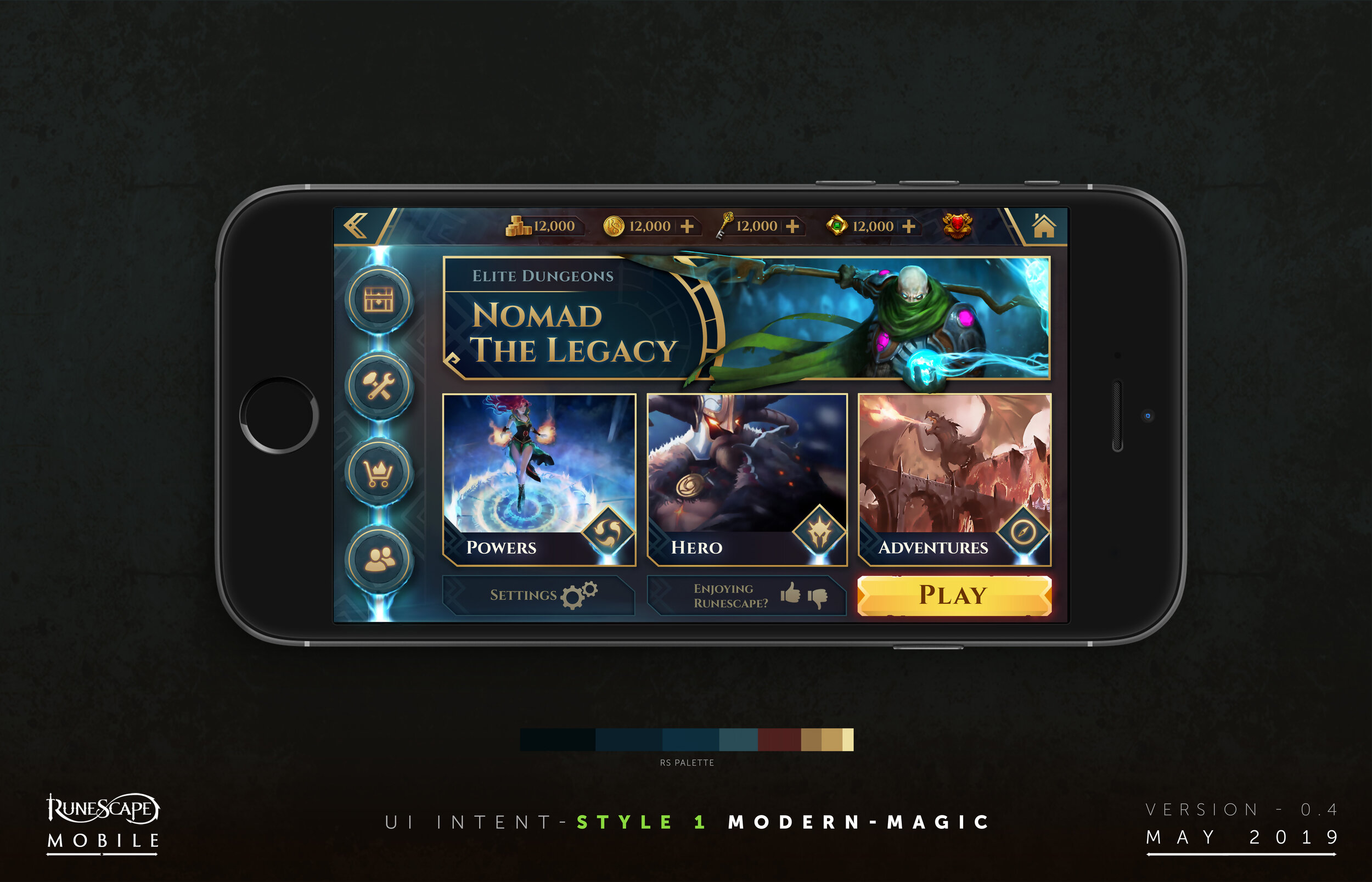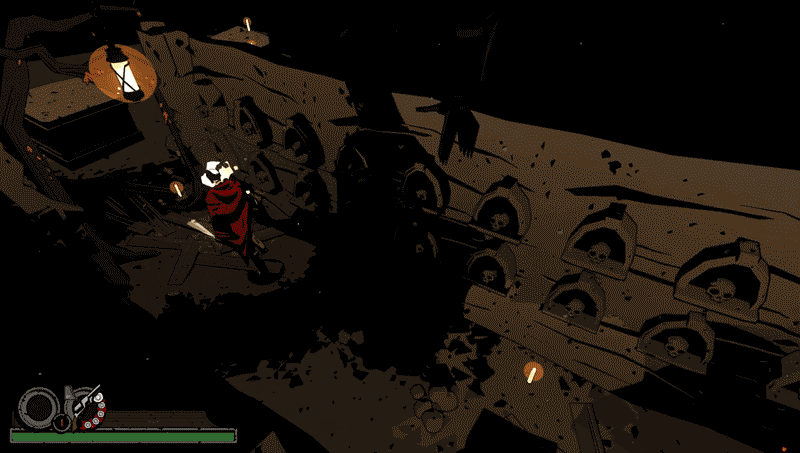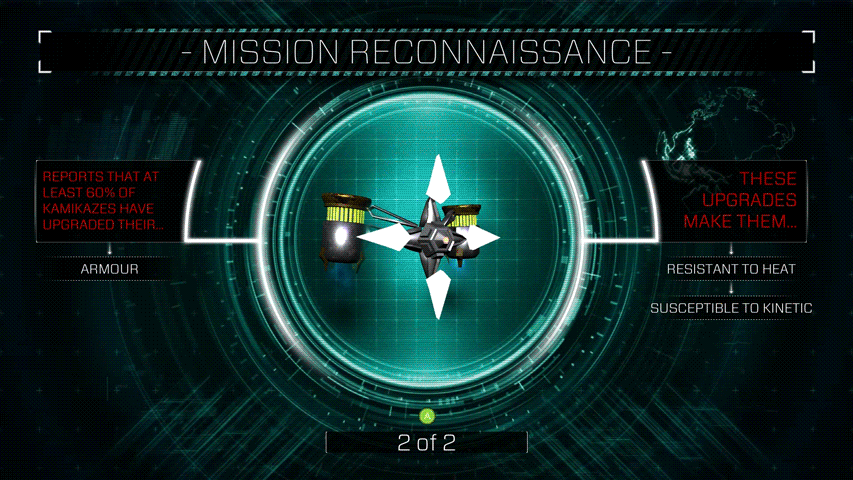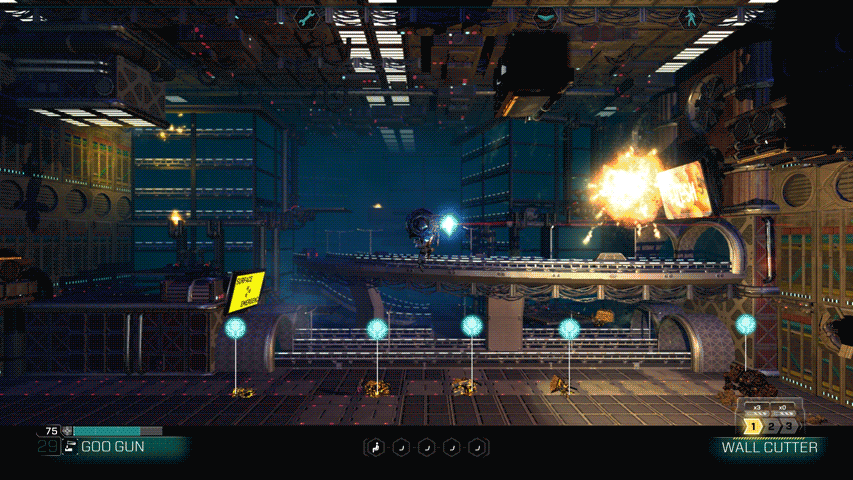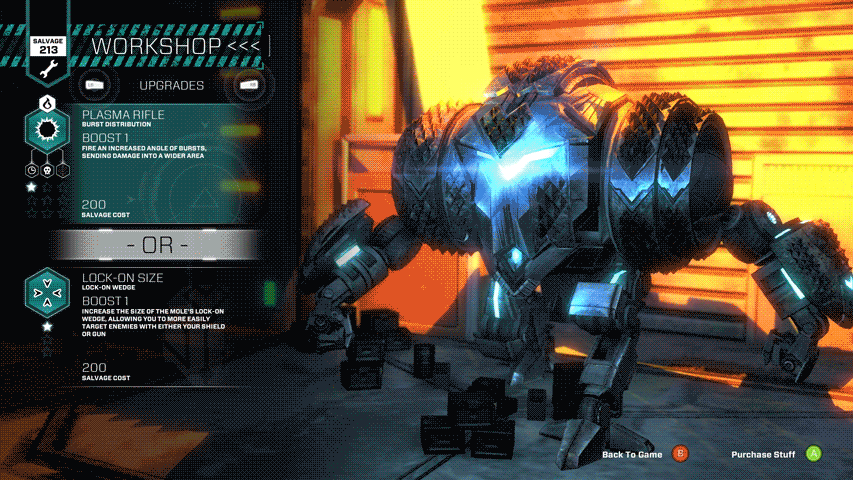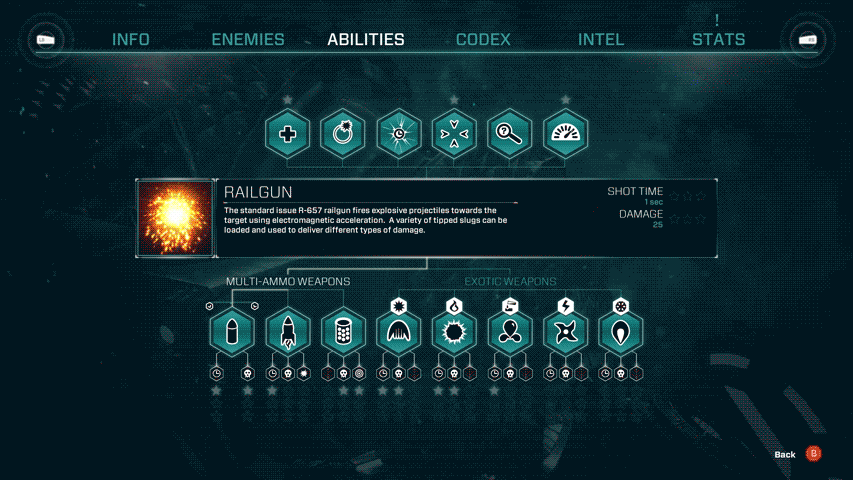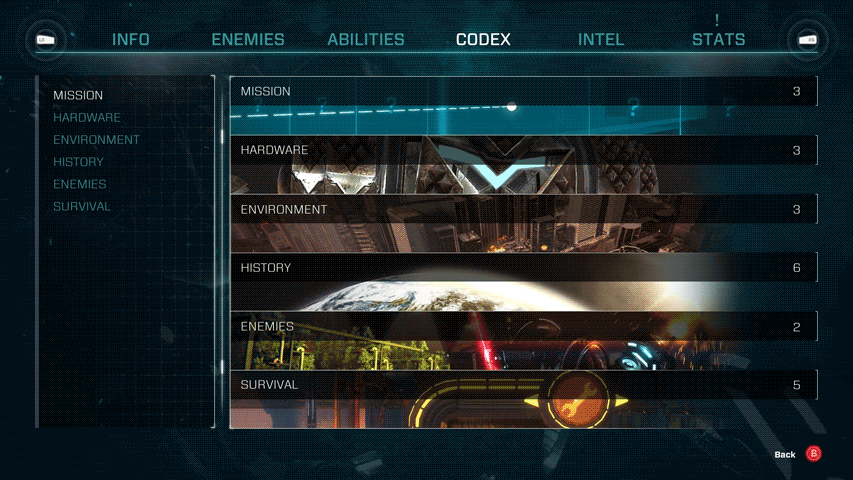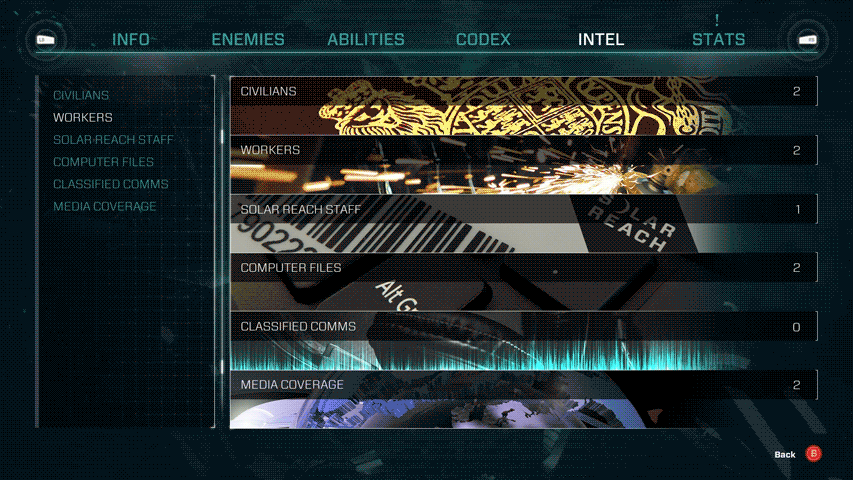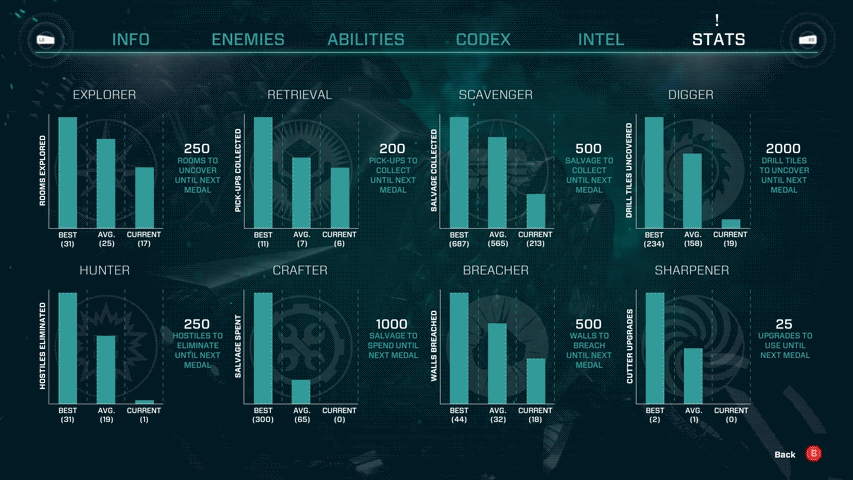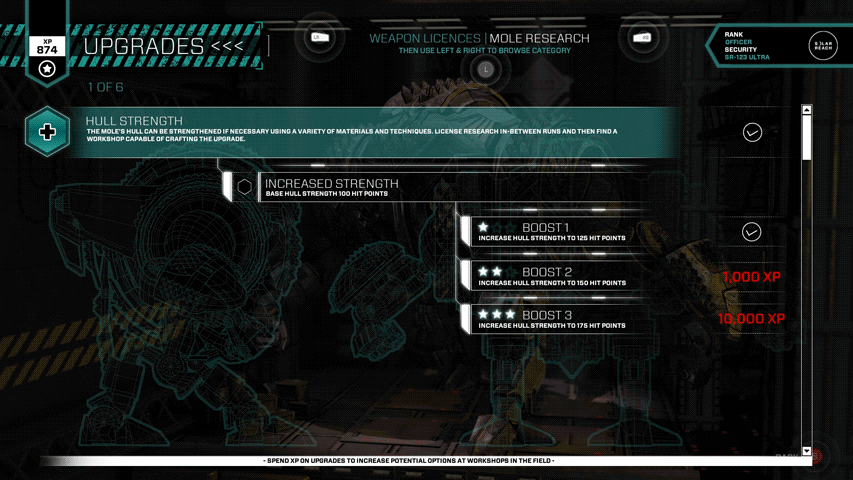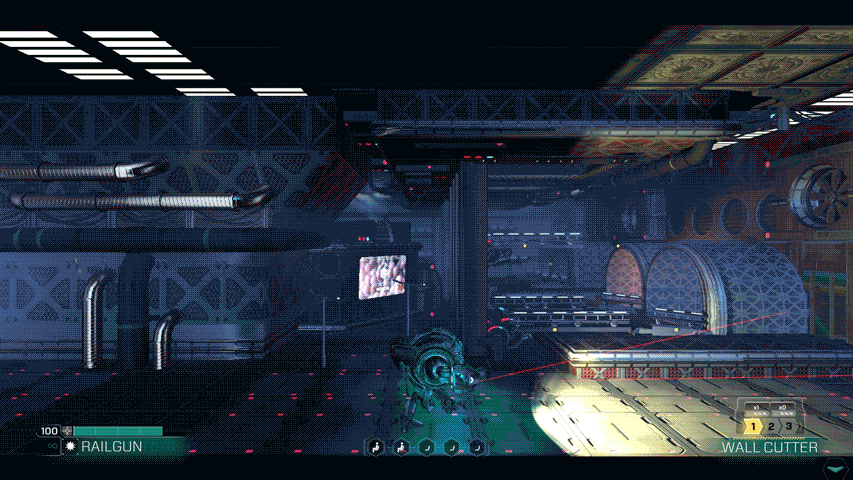UX & UI Treatment
I have designed both the UX logic and UI visuals on a number of game, app, and web projects. I am very enthused by the idea of making complex, or potentially confusing systems, as simple and elegant as possible. Being competent at both the logical design phase and the visual styling phase allows me to be highly results-orientated as I can see the big picture of how the two areas overlap.
Skills
Tools such as Adobe XD, Balsamiq and UXpin
Adobe Photoshop, Illustrator & After Effects
Painting treatment (Procreate or Photoshop)
Building Widget Blueprint layouts in Unreal Engine
Assisting programmers with UI Blueprint logic in Unreal Engine
My Process
UX research
Information architecture
Sketches and wireframes
Interactive prototype
User testing
Visual moodboarding
Visuals and animation
Implementation
More testing & iteration if necessary

